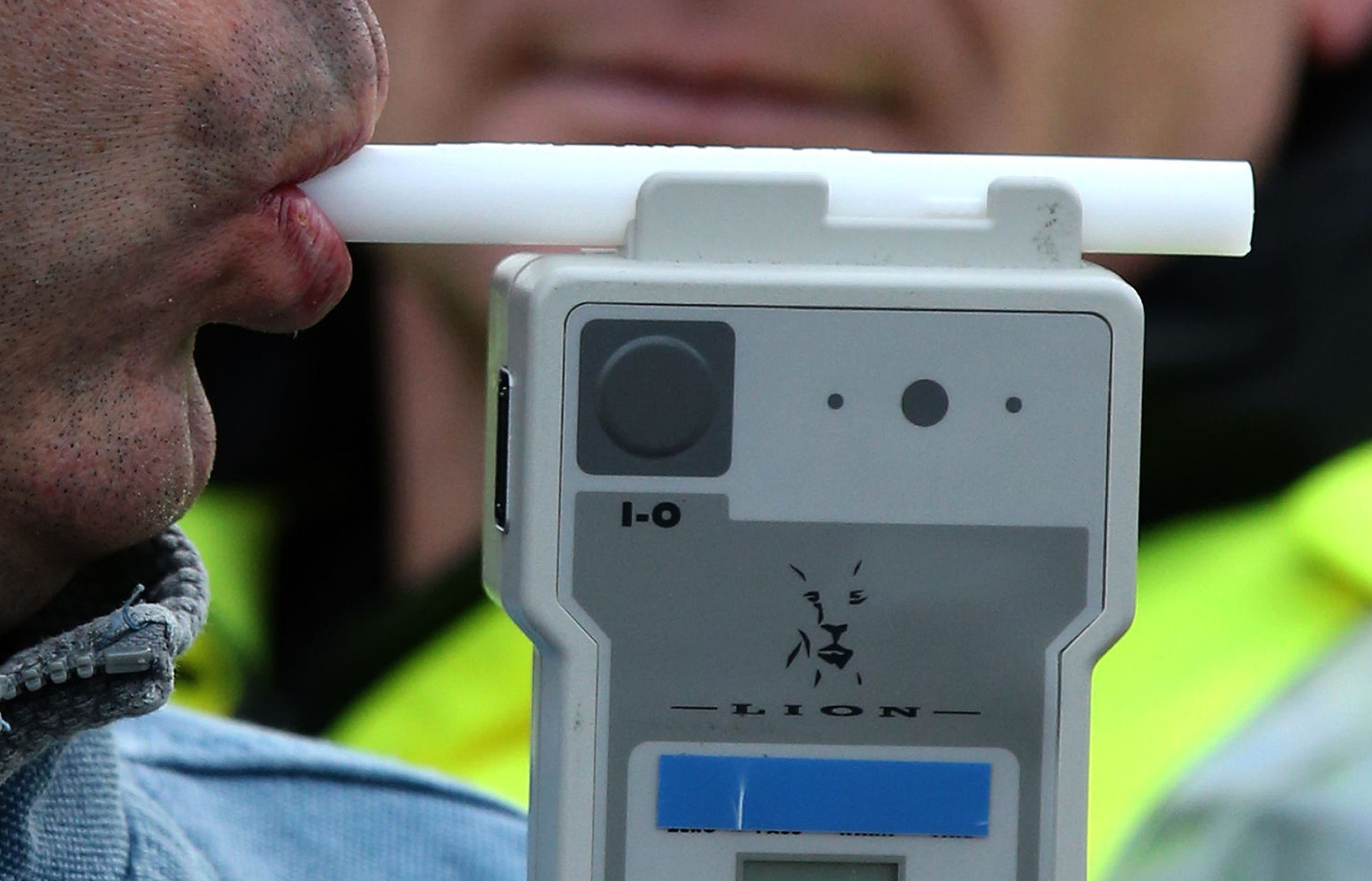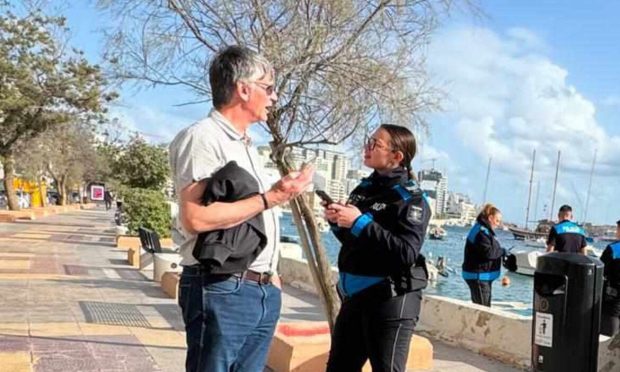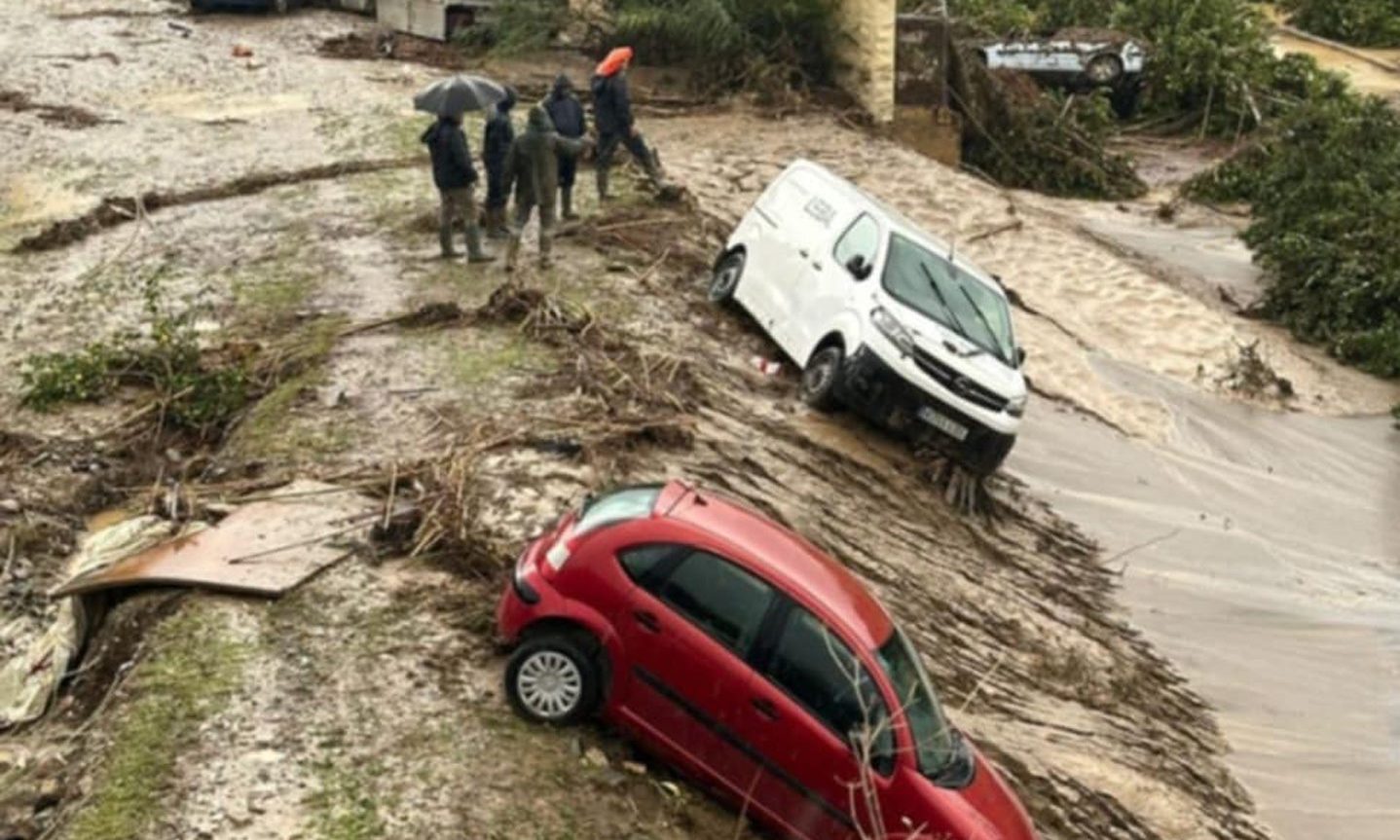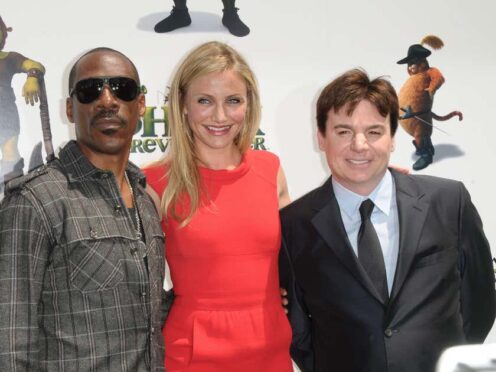The number of motorists involved in accidents who subsequently failed a drink-drive breath test has risen for the first time in 10 years.
Some 3,450 drivers were found to have failed the test in 2015 – up from 3,227 in 2014.
Department for Transport (DfT) records show the number had previously fallen every year from a high of 6,397 in 2005.
Lucy Amos, a spokeswoman for road safety charity Brake, said: “It’s disappointing to see this increase in the number of drivers failing the breath test when behind the wheel.
“Any amount of alcohol, even amounts below our current drink-drive limit, increases the likelihood of a driver being involved in a fatal crash.
“We need effective enforcement and appropriate penalties to ensure that people have the expectation that they will be caught and that they will be punished when driving over the limit.”
The Scottish Government reduced the alcohol limit for drivers from 80mg to 50mg per 100ml of blood in December 2014.
But the legal level in England and Wales remains at the 80mg level.
Ms Amos added: “We need to get the message across that the only safe amount of alcohol when driving is none, and we are calling on all drivers to pledge not to drink a drop before getting behind the wheel.”
The DfT data also showed there has been no significant reduction in traffic accident fatalities since 2011.
A total of 1,730 people were killed on Britain’s roads in 2015.
Although this represents a decrease of 45 fatalities from the previous year, the DfT said this change was probably due to “natural variation”.
A department spokesman said officials are working with safety groups on “common sense proposals” that balance tougher penalties for dangerous driving with help for road users to stay safe.










